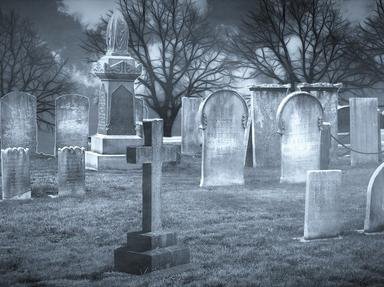Quiz Answer Key and Fun Facts
1. Much married - Tudor - larger than life
2. Plantagenet King - father to the missing Princes - Sun in Splendour
3. Executed - English Civil War - Divine Right of Kings
4. WWII Naval Officer - former Prince of Greece and Denmark - longest serving consort
5. The third wife - mother of Edward VI - favourite wife
6. The Grandmother of Europe - mourning - 64 years
7. Abdicated - Edward VIII - shortest reign
8. Wife to one King - mother to a second King - mother-in-law to a third
9. Seven Years War - War of Independence - 'madness'
10. The Sailor King - served in American War of Independence - Lord High Admiral
Source: Author
Tan72
This quiz was reviewed by FunTrivia editor
stedman before going online.
Any errors found in FunTrivia content are routinely corrected through our feedback system.
